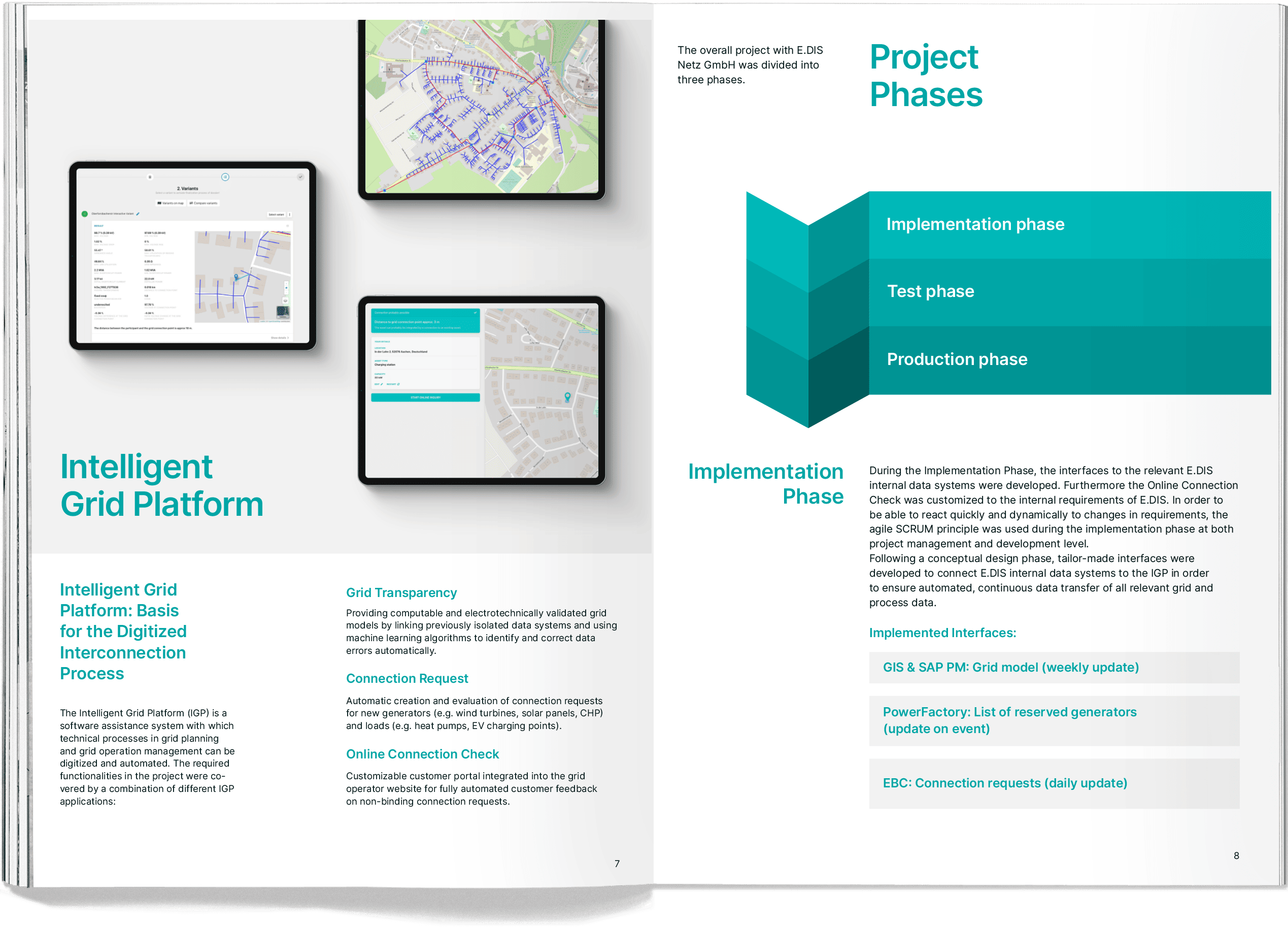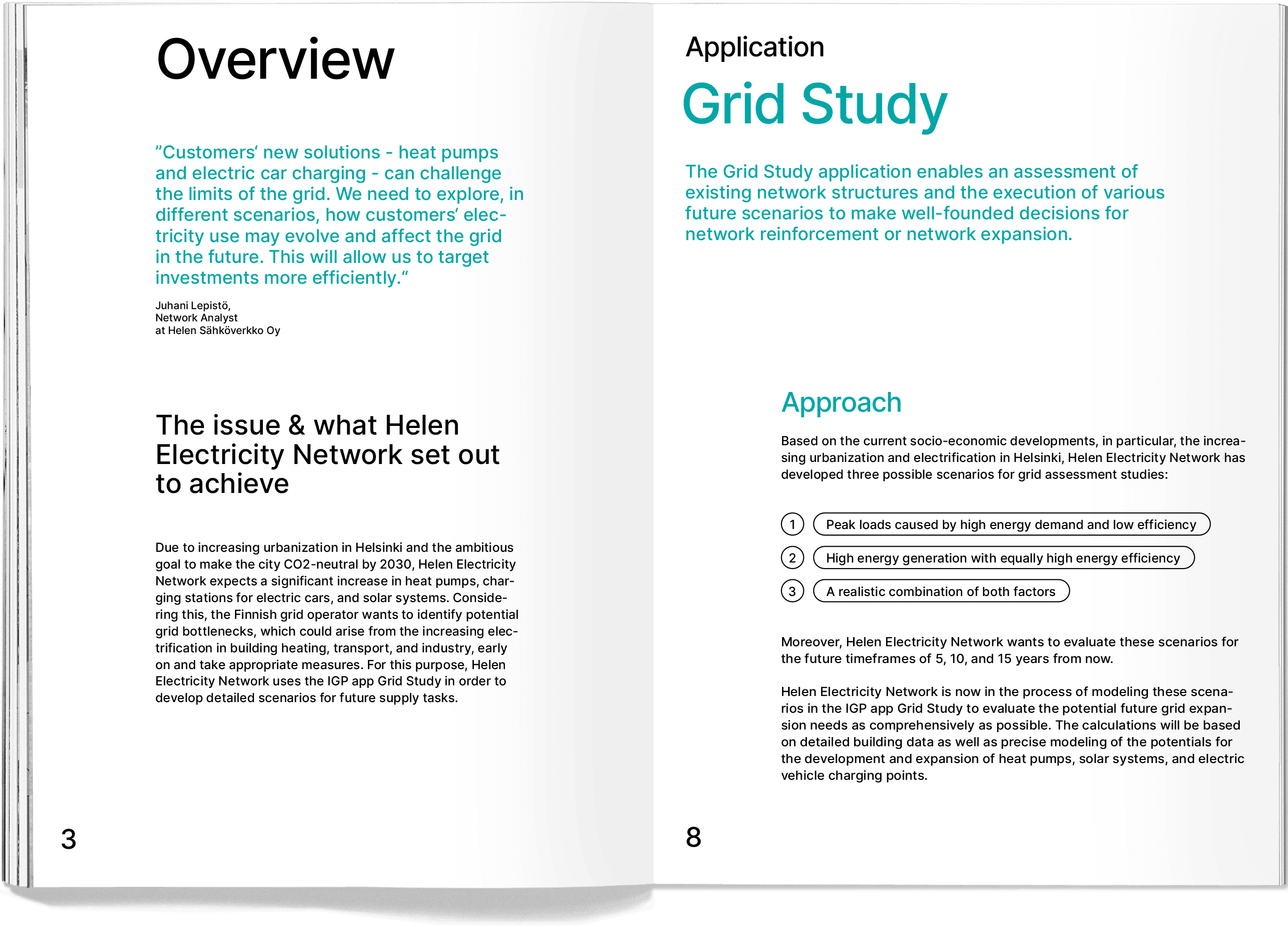Customer Stories
Discover how utilities worldwide use envelio applications to streamline interconnection, enable comprehensive power grid planning, and make smarter investment decisions.
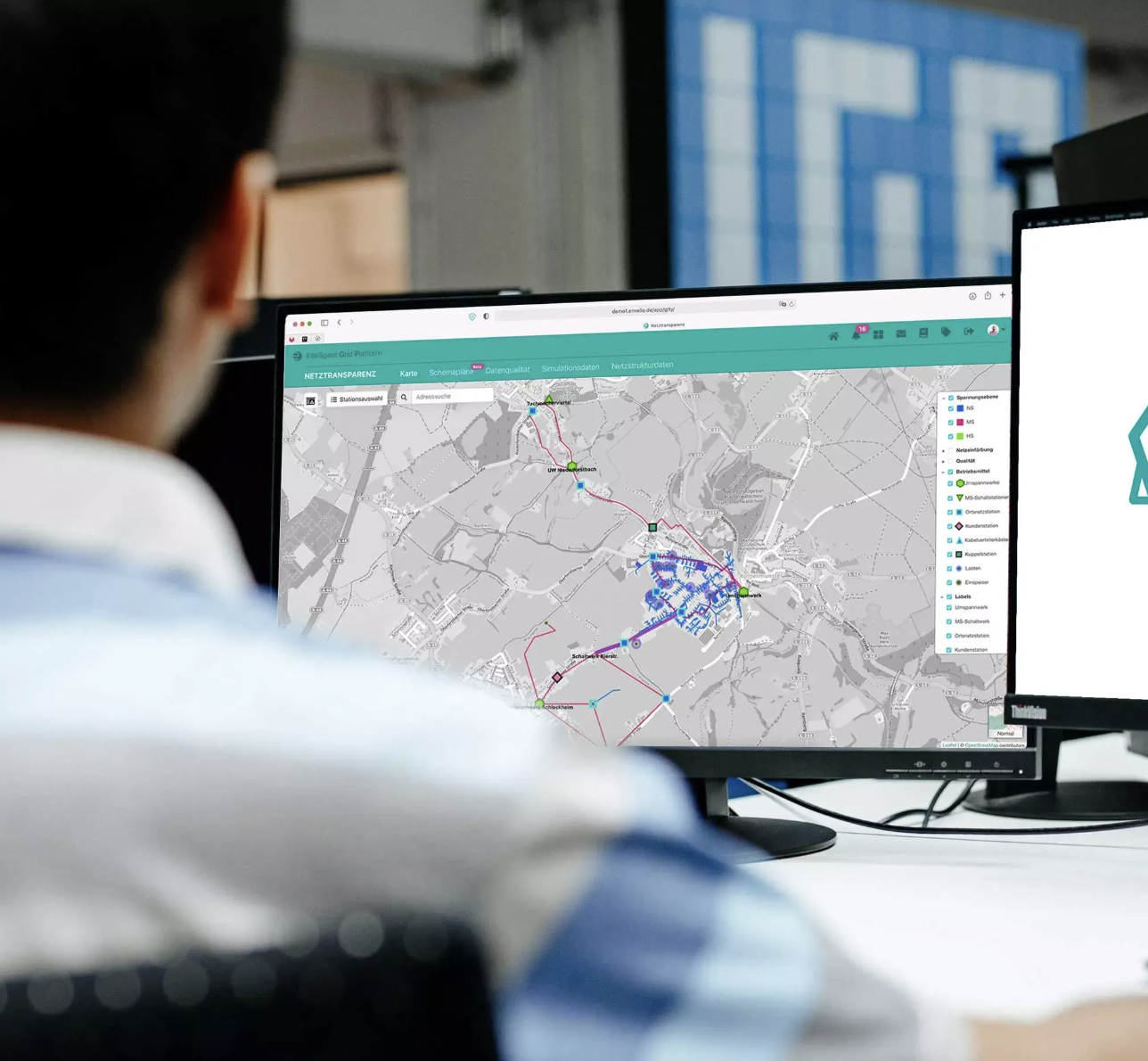
Digitizing Grid Interconnection at Scale with envelio: E.DIS Netz GmbH
E.DIS Netz GmbH, one of Germany’s largest distribution system operators, partnered with envelio’s Intelligent Grid Platform (IGP) to streamline and automate their growing volume of interconnection requests, especially for solar, wind, and other distributed energy resources (DERs).
Key Results:
- Cut application processing time from days to minutes.
- Automated manual processes like grid model creation and technical evaluations.
- Launched a self-service customer portal for fast, online grid connection checks.
- Integrated systems like SAP, GIS, and PowerFactory for seamless data flows.
- Reduced internal workload for grid planners by 20%.
How Helen Electricity Network is Future-Proofing Helsinki’s Grid?
Helen Electricity Network, serving 410,000+ customers in Finland’s capital, partnered with envelio’s Intelligent Grid Platform (IGP) to prepare for Helsinki’s ambitious goal of becoming carbon-neutral by 2030.
Key Results:
- Scenario-based grid simulations over 5, 10, and 15 years.
- Proactive, data-driven infrastructure investment decision.
- Automated scenario modeling via APIs for fast, repeatable analysis.
- Scalable solution to support city-wide CO2 neutrality by 2030.
- Increased operational efficiency and confidence in long-term planning
White Paper and Customer Cases
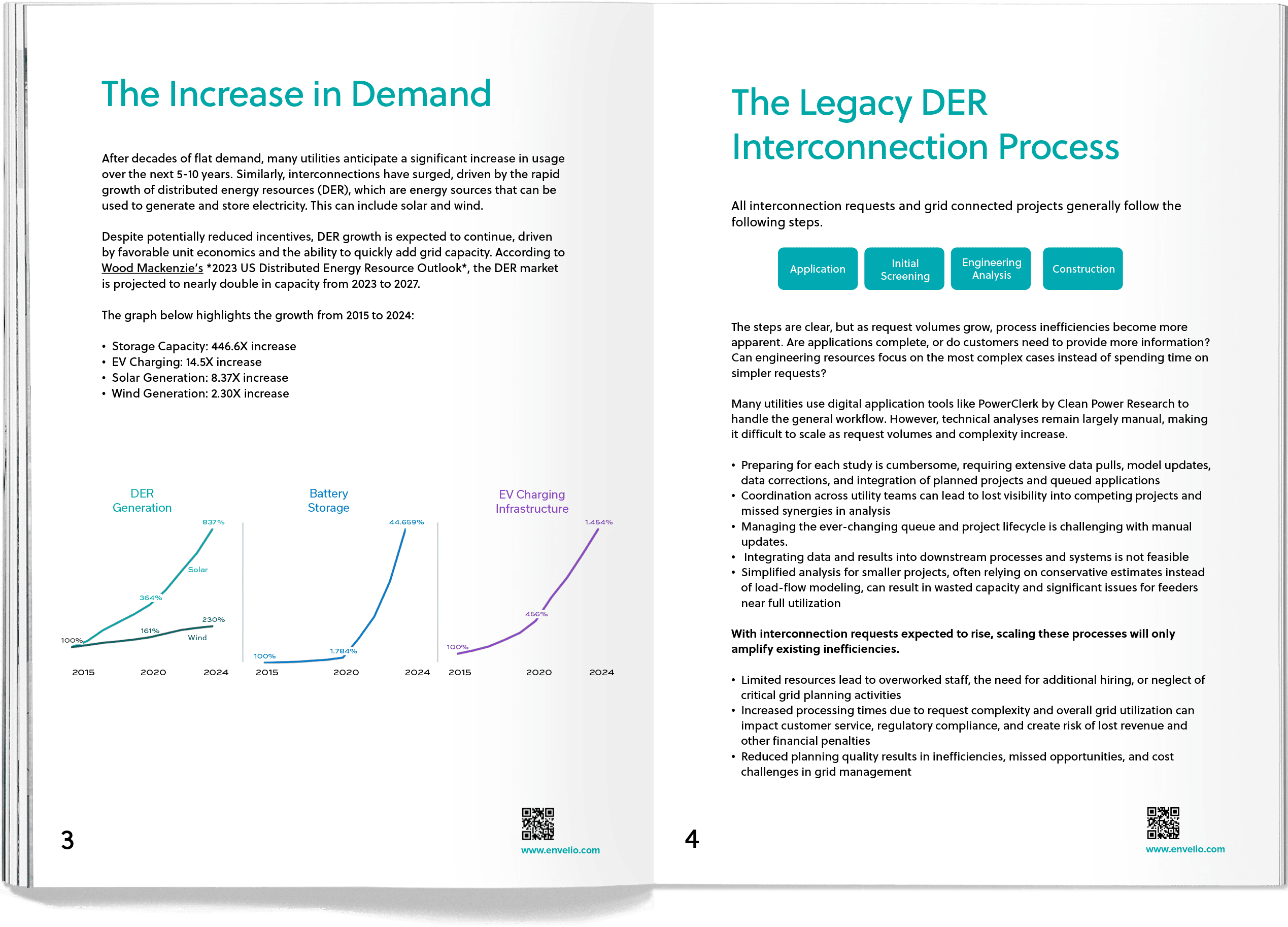
White Paper: Scaling the Distribution Interconnection Process
As distributed energy resources (DERs) like solar, storage, and EVs rapidly increase, utilities face growing pressure to modernize outdated interconnection processes. This white paper explores how to streamline and automate DER workflows to improve grid efficiency, customer experience, and planning accuracy.
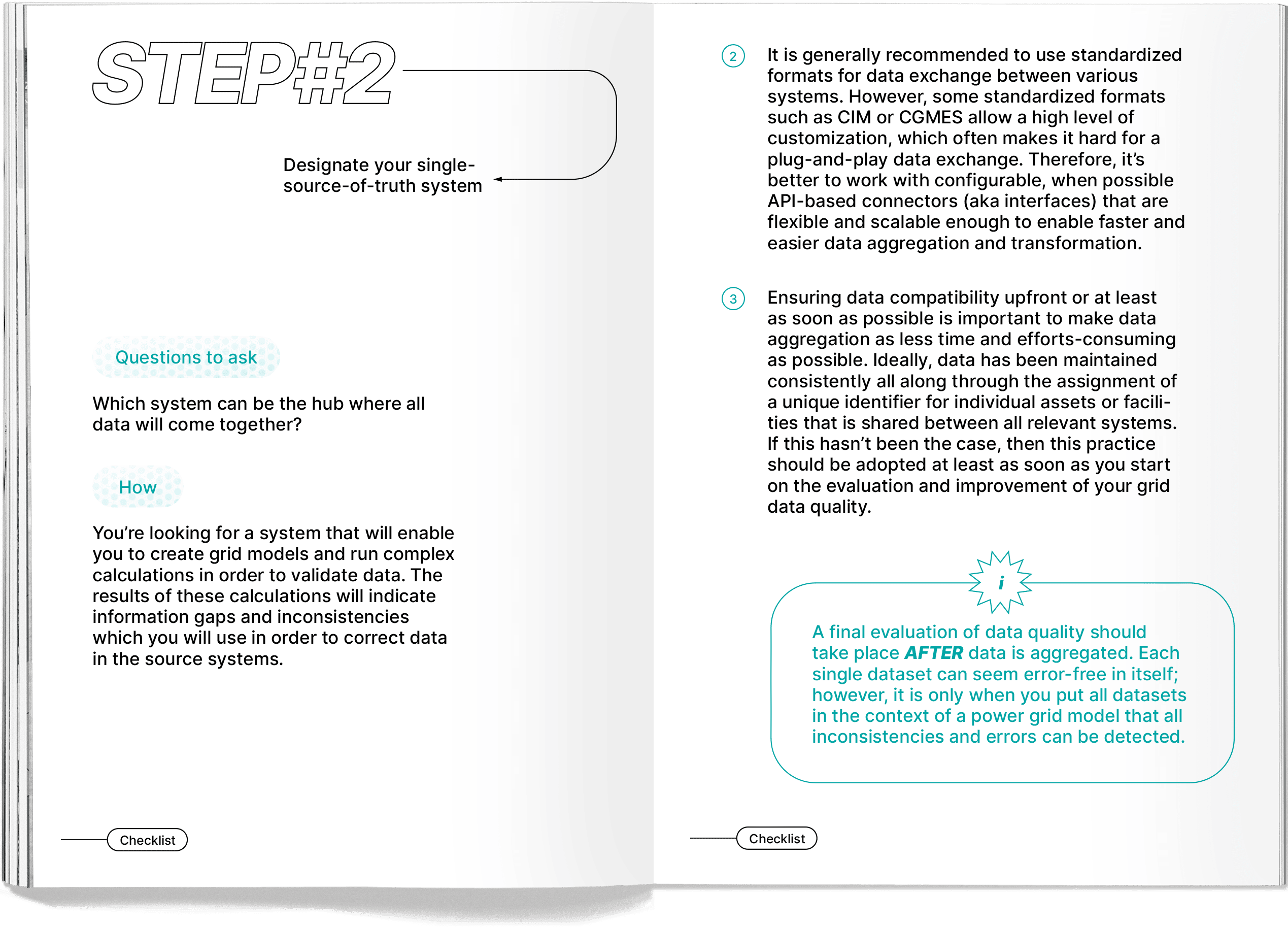
Grid Data Checklist: How Can You Ensure Integrity of Your Data?
High-quality data is essential for automating processes that speed up the energy transition, but many utilities still struggle with poor data integrity. This infopaper outlines a step-by-step approach to improve data quality and support better planning, analytics, and investment decisions.
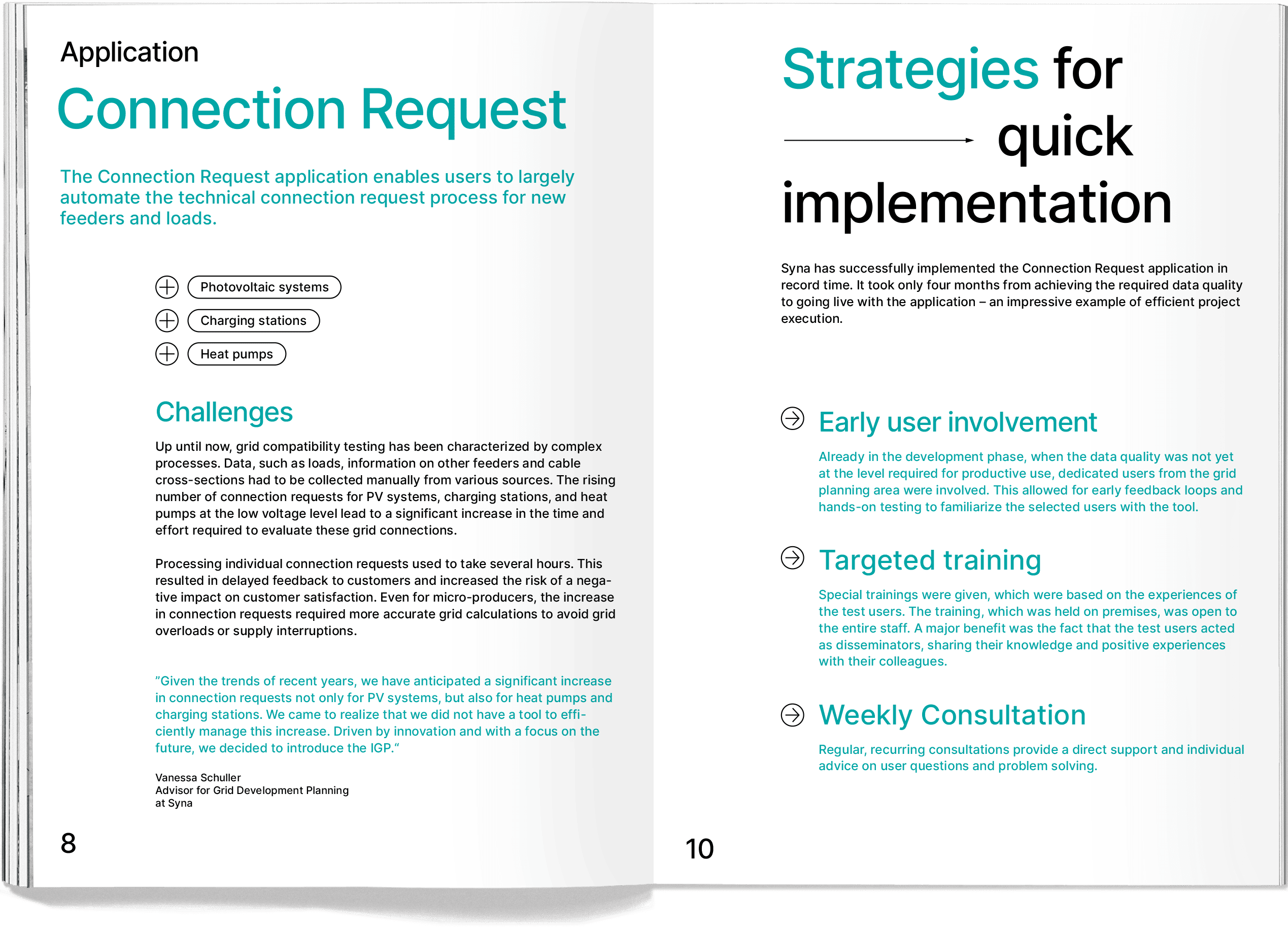
Customer Case: How Did Syna Cuts Grid Compatibility Checks from 8 Hours to 15 Minutes?
With the introduction of the Intelligent Grid Platform (IGP), Syna has drastically reduced the time required for grid interconnection evaluation for larger installations: The grid compatibility testing, which previously took up to 8 hours, can now be completed in about 15 minutes.
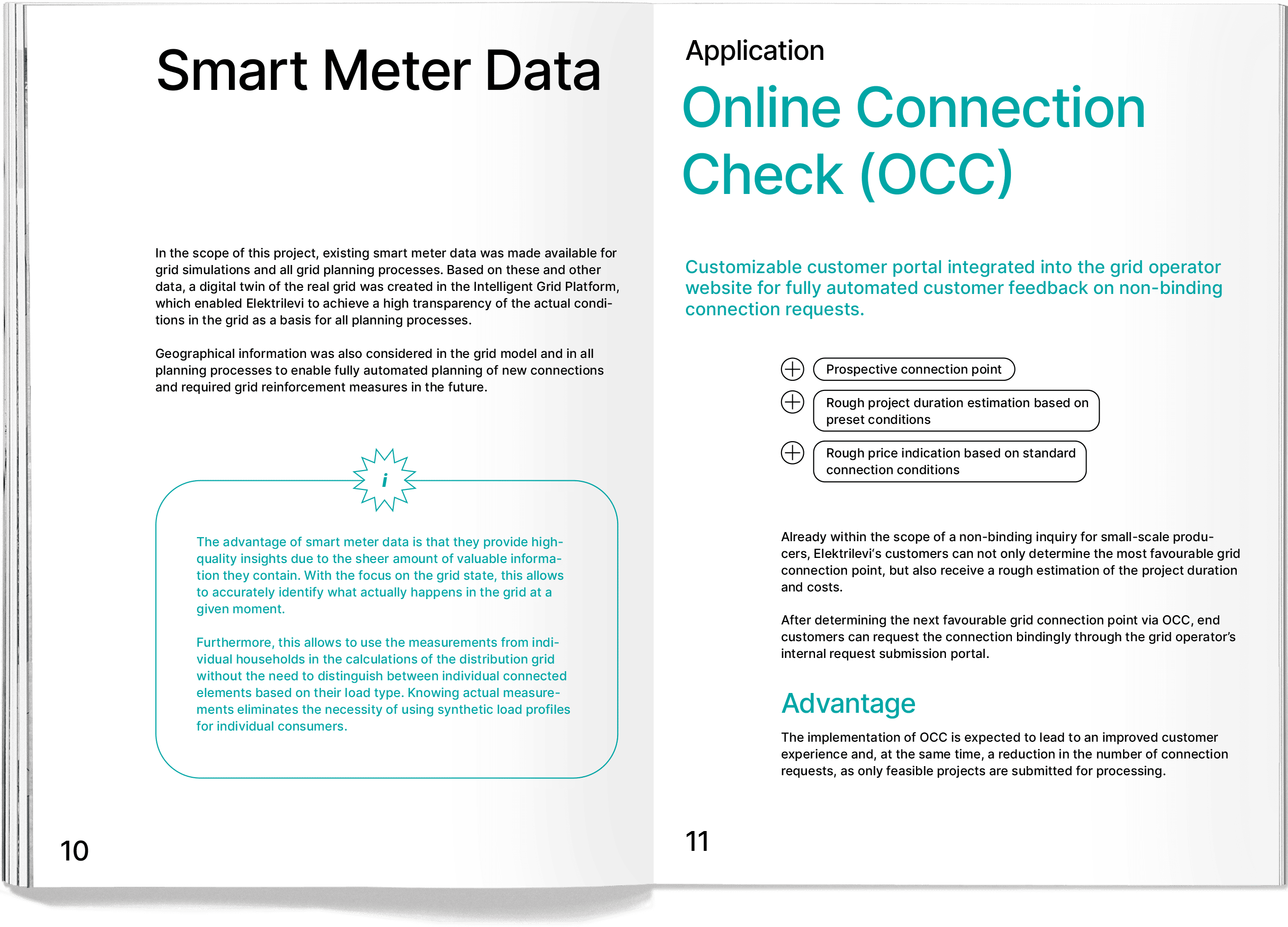
Customer Case: How Elektrilevi Handles High Interconnection Volumes?
To cope with an extremely high number of interconnection requests, Elektrilevi introduced a self-service portal for its customers to perform a pre-application research on the nearest favourable POI and get an estimation for the project’s duration and costs. At the same time, this Estonian grid operator fully automated processing of interconnection requests for microproducers of up to 15 kW.
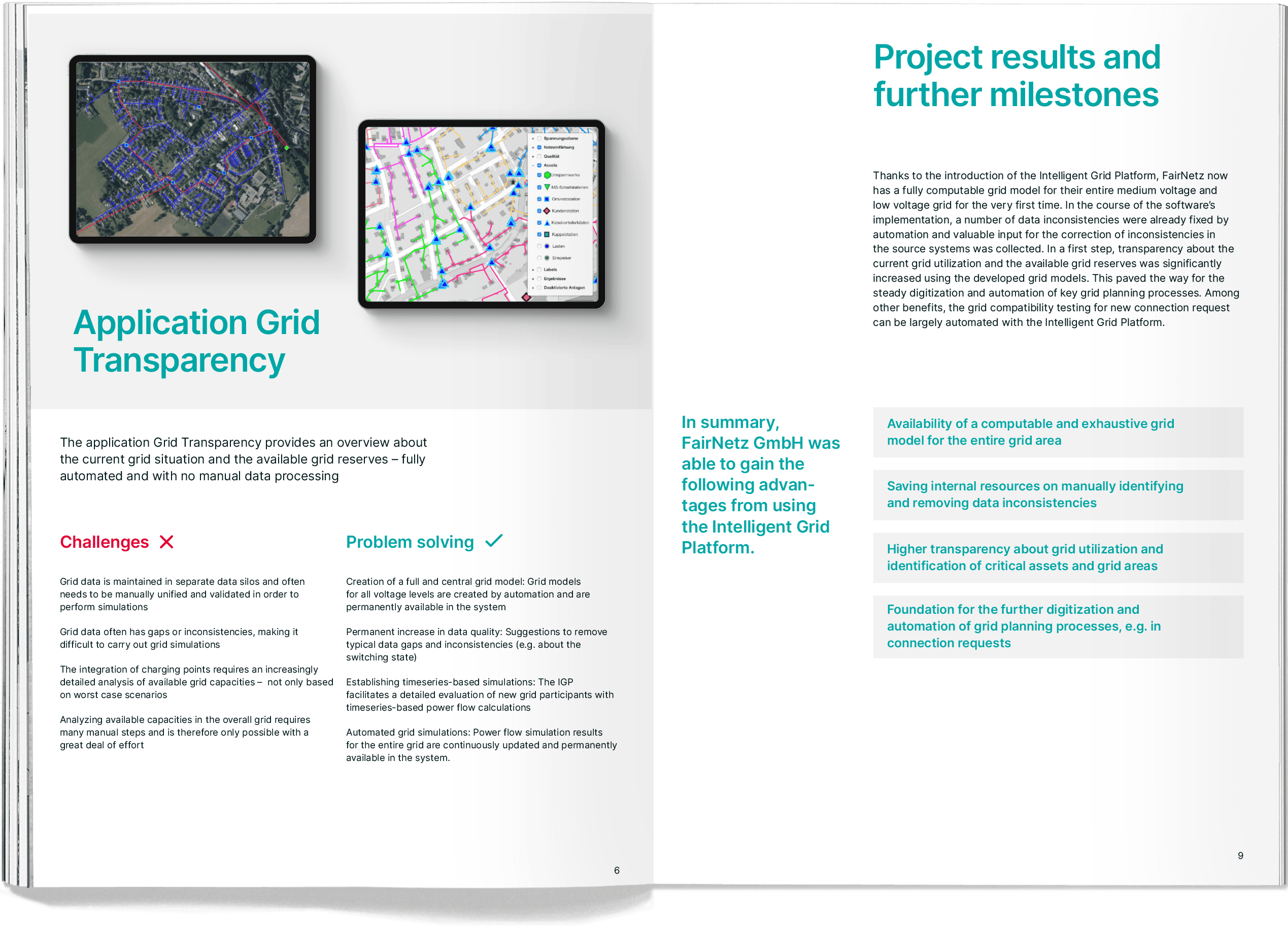
Customer Case: From Data Gaps to Grid Clarity, How FairNetz Transformed Network Insight [Part 1]
With the help of the Intelligent Grid Platform, FairNetz was able to automatically detect inconsistencies and information gaps in its data source systems. This enabled the German grid operator to significantly improve the quality of grid data and create a dynamic grid model for their entire MV- and LV network. Moreover, FairNetz achieved a higher transparency of network load and was able to identify critical assets and problem grid areas.
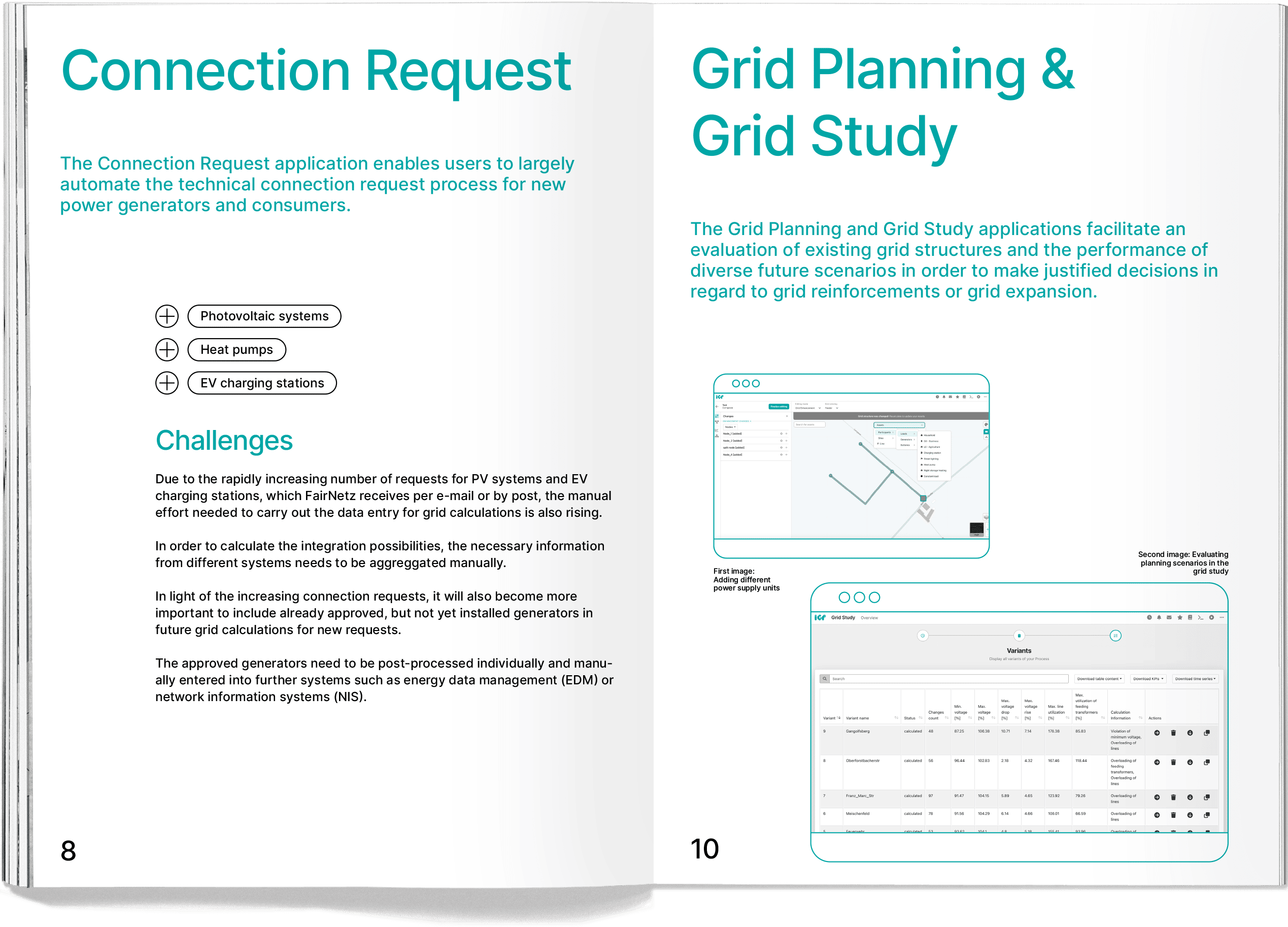
Customer Case: Leveraging improved data quality to speed up interconnection processes from FairNetz [Part 2]
This follow-up case study highlights FairNetz’s continued progress with the Intelligent Grid Platform. Enhanced data quality is now enabling faster, smarter interconnection decisions. Today, 50% of new interconnection requests are assessed positively in under 5 minutes. FairNetz also uses the IGP as a “Single Source of Truth” to analyze grid participants and guide future investments.

